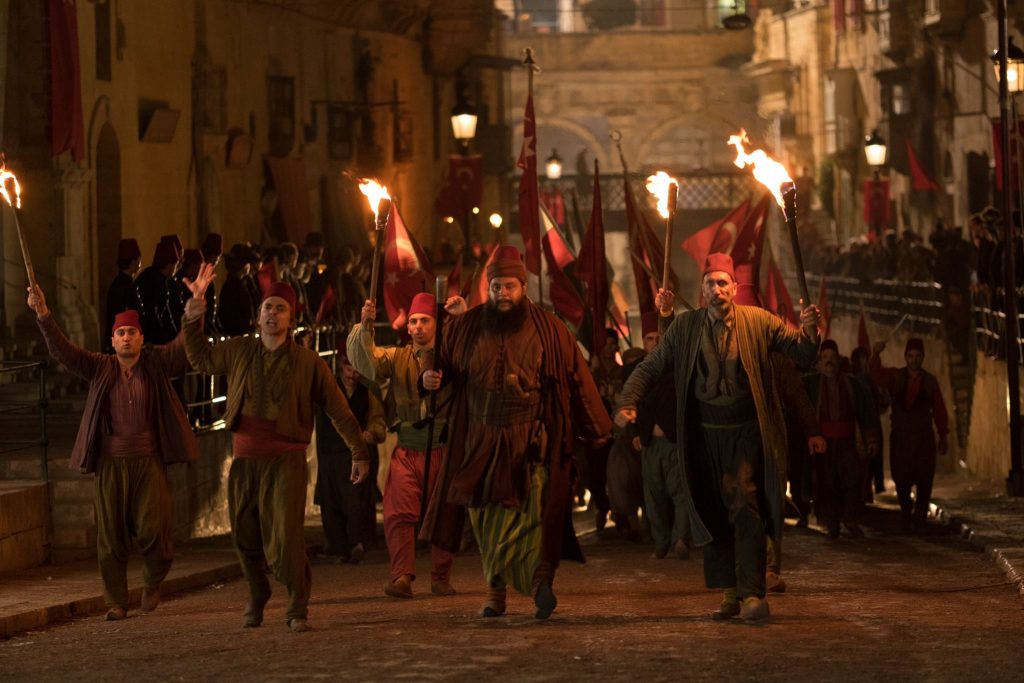Month: October 2017
-

European Court Finds Catholicosate’s Suit Inadmissible; And Could Not Be Appealed
(asbarez.com) The Armenian Catholicosate of Cilicia (headquartered in Antelias, Lebanon) filed a lawsuit on April 25, 2015, against the government of Turkey seeking the return of its historic seat in Sis (present-day Kozan district of the Adana Province) which was confiscated in 1921. The first of its kind lawsuit was filed in the Constitutional Court…
-

The Armenian Genocide in Feature Films
(armenianweekly.com) With the recent release on DVD of the major motion picture “The Promise,” greater numbers of people will be able to gain insights into aspects of the Armenian Genocide. The film, starring Christian Bale, Oscar Isaac, and Charlotte Le Bon, was directed by acclaimed filmmaker Terry George, who had been involved in the production…
-

Armenian Legal Center Announces Property Documentation Database Project
ALC Executive Director Kate Nahapetian outlines road to reparations at ANCA-WR Grassroots Conference in Pasadena, Calif. (armenianweekly.com) PASADENA, Calif.—Kate Nahapetian, executive director of the Armenian Legal Center for Justice and Human Rights (ALC), announced the ALC’s Property Documentation Database Project while discussing several of ALC’s initiatives and the path to reparations at the Armenian National…